Mudeungsan Mountain (무등산)
7.4Km 2018-01-30
Nam-myeon, Damyang-gun & Dong-gu & Buk-gu, Gwangju & Iseo-myeon, Hwasun-gun, Jeollanam-do
82-61-379-3503
Mudeungsan covers an area of about 30 square meters above the metropolitan city of Gwangju, Hwasun-gun and the nearby Damyang-gun. The name means ‘a high mountain’ or, more mysteriously, a mountain beyond classification’.
Mudeungsan Mountain (무등산) is not too steep and many people come for a hike on the weekends or public holidays. Highlights on the way include the Seoseokdae, Ipseokdae, Seinbong and Gyubong Rocks, Wonhyo and Yongchu Valleys – as well as Jigong Neodeol (cluster of rocks) – and the Deoksan Neodeol. To enjoy a great view, try going up Jungmeorijae, Jangbuljae or the Donghwasa Temple Site, or the Jangwonbong Peak. Visitors coming from the Hwasun side of the mountain can see the picturesque Dongbokho Lake from Ipseokdae and Gyubong Rock, Jingong Neodeol, Jangbul, Baekma ridge and Gyubongam temple.
Olive Young - Gwangju Catholic Peace Broadcasting Branch [Tax Refund Shop] (올리브영 광주평화방송)
7.4Km 2024-04-18
75, Sangmusimin-ro, Seo-gu, Gwangju
-
Gwangju Arboretum (광주시립수목원)
7.4Km 2024-11-18
142 Dodong-gil, Nam-gu, Gwangju
Gwangju Arboretum was built on a sanitary landfill to restore the natural ecological environment by planting trees and creating convenience facilities. The arboretum preserves, manages, researches, and exhibits the indigenous plants of the region and provides visitors with a space to relax and connect with nature. Visitors of all ages can enjoy educational programs and forest commentary tours, making it a great place for families.
Seryangji Reservoir (세량지)
7.5Km 2019-11-06
+82-61-374-0001
Selected by CNN as one of the 50 beautiful places to visit in South Korea, Seryangji Reservoir offers amazing scenery not to be missed. The best time to visit is during spring when the cherry blossoms bloom along the lakeside. The reservoir on misty mornings and when the waters mirror the cherry blossoms are the most popular views. The site is especially popular among photographers.
Gwangjuho Lake Eco Park (광주호 호수생태원)
7.6Km 2024-02-29
7 Chunghyosaem-gil, Buk-gu, Gwangju
+82-62-613-7891
Gwangjuho Lake Eco Park is an ecological park located near the banks of Gwangjuho Lake, featuring a Nature Observation Center, Nature Learning Center, Lawn Area, and Waterside Wetland. The park is home to around 170,000 wildflowers and over 3,000 trees, offering opportunities to observe various flora and fauna up close. Visitors can witness diverse birds thriving in the wetlands.
Energy Park Haedammaru (광주에너지파크 해담마루)
7.9Km 2024-12-17
131 Sangmugongwon-ro, Seo-gu, Gwangju
Energy Park Haedammaru opened in September 28, 2021, to educate visitors on the importance of energy. By exhibiting new and renewable energy, as well as different experience programs, visitors are able to understand the importance of energy usage and how to save more energy in daily life.
Hwanbyeokdang Pavilion (환벽당)
7.9Km 2023-01-25
10, Hwanbyeokdang-gil, Buk-gu, Gwangju
+82-62-510-1500
Hwanbyeokdang Pavilion was built by Yeongcheonja Sinjam and was also called Byeokgandang, which is recorded in Go Gyeong-myeong's Yuseoseongnok. The building has a hipped-and-gabled roof with three bays in the front space and two bays in the inside space. It is a modified form in which the two rooms in the middle are used as rooms, and the front and right sides are floors. Originally, it was a traditional pavilion, but it seems to have changed to its current form as it was expanded later. A tablet written by Uam Song Si-yeol hangs here, and the poems of Seokcheon Im Eok-ryeong and Jo Ja-i are on a signboard. There are two poems written by Jeong Cheol about Hwanbyeokdang Pavilion, which are published in Songgangsokjip and Gwangjumokji. Jeong Cheol's 4th-generation descendant Jeong Su-hwan bought it from Kim Yun-je's descendants, and Yeon Il-jeong's family is currently managing it.
Gwangju Pyeongchon Village (광주 평촌마을)
7.9Km 2019-11-26
15, Pyeongchon-gil, Buk-gu, Gwangju
+82-62-266-2287
Gwangju Pyeongchon Village, located north of Mudeungsan Mountain, is a cozy farming village made up of four villages Dongrim, Daman, Woosung, and Dangmoe. The village still has an excellence natural preservation, growing environmental-friendly rice in the fields and Punamcheon stream that runs through the middle of the village is home to fireflies and otters. The village also keeps the tradition of making pottery as the village was the place that made grayish-blue-powdered celadon during the Joseon dynasty. The village street corner offers visitors to Mudeungsan Mountain a place to rest with Mudol-gil shelter and Bandi lodging.
Pyeongchon Ceramics Workshop (평촌도예공방)
7.9Km 2024-11-14
77 Damanpyeongmu-gil, Buk-gu, Gwangju
The Pyeongchon Ceramics Workshop keeps the spirit of traditional Korean Buncheong pottery alive by offering an experiential learning space and hands-on programs that blend classic Korean and contemporary styles. Visitors can create unique pieces that capture the rustic beauty of tradition while keeping the modern flair.
Jeonpyeongje Reservoir (전평제)
7.9Km 2021-04-29
9, Jeonpyeong-gil, Seo-gu, Gwangju
+82-62-365-4114
Jeonpyeongje Reservoir was built in 1943 to supply water for agricultural purposes to farms in the Maewol-dong and Byeokjin-dong regions as well as to prevent both floods and droughts. Starting in 1999, the reservoir was changed to a rest area, with a wooden deck crossing the reservoir to the man-made island in the middle. The area now serves as a waterside relaxation and eco-exploration space for family visitors.

![Olive Young - Gwangju Catholic Peace Broadcasting Branch [Tax Refund Shop] (올리브영 광주평화방송)](http://tong.visitkorea.or.kr/cms/resource/21/2886921_image2_1.jpg)
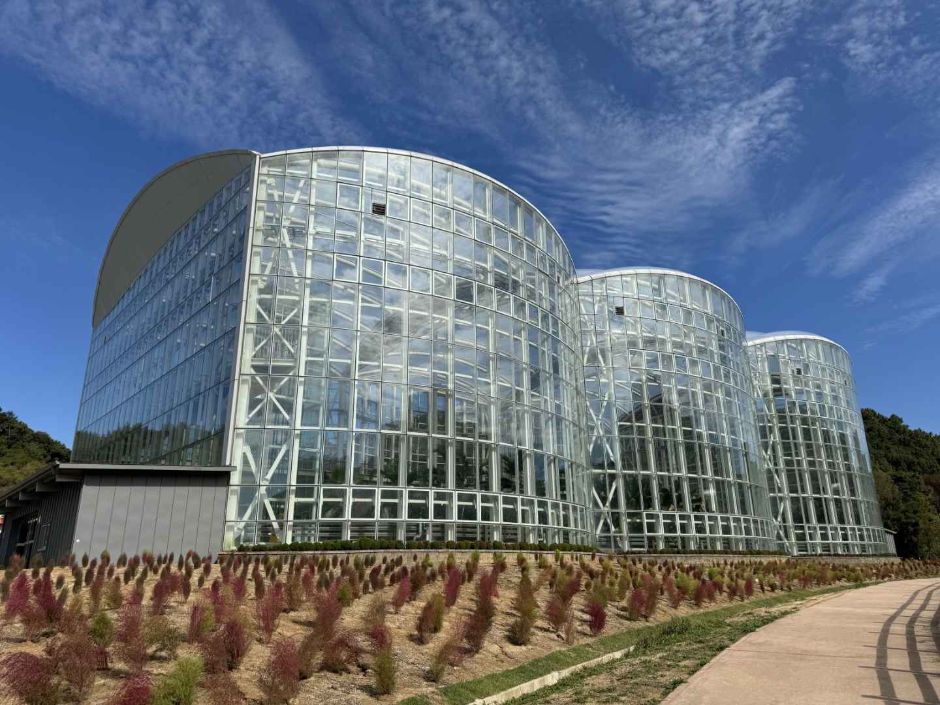
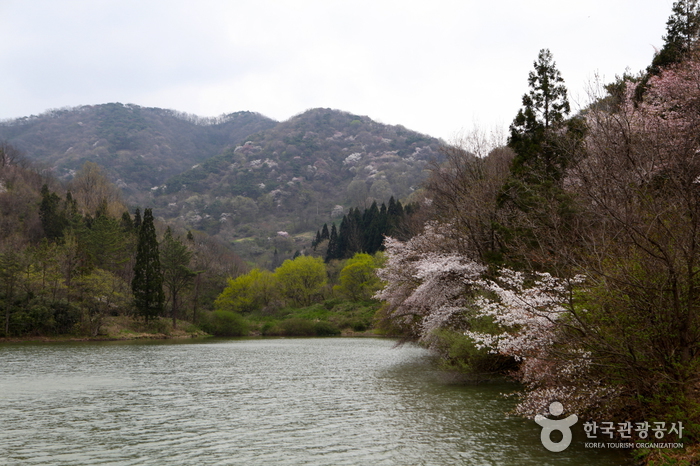
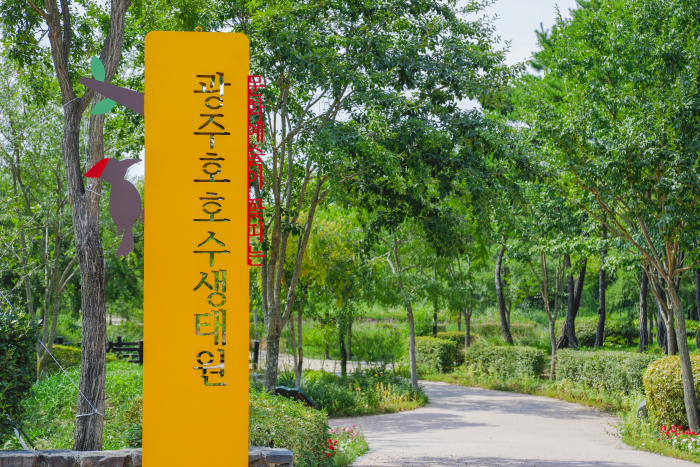
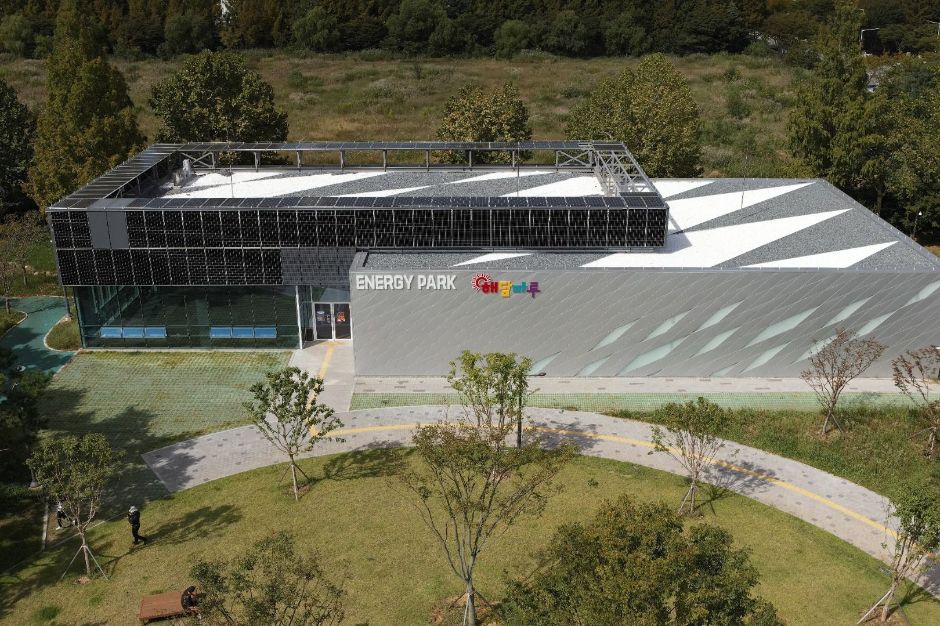
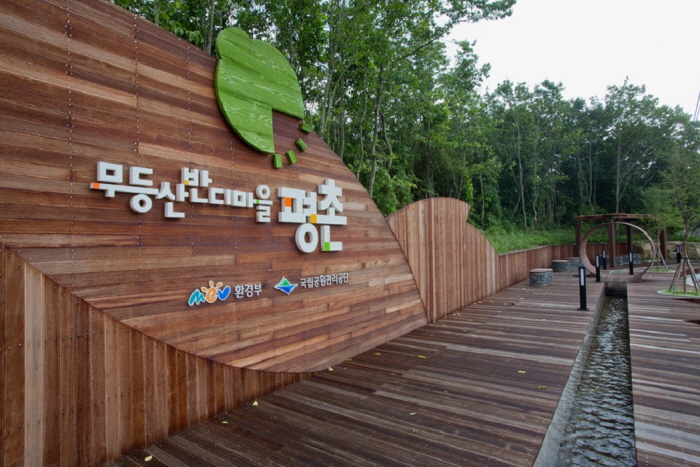
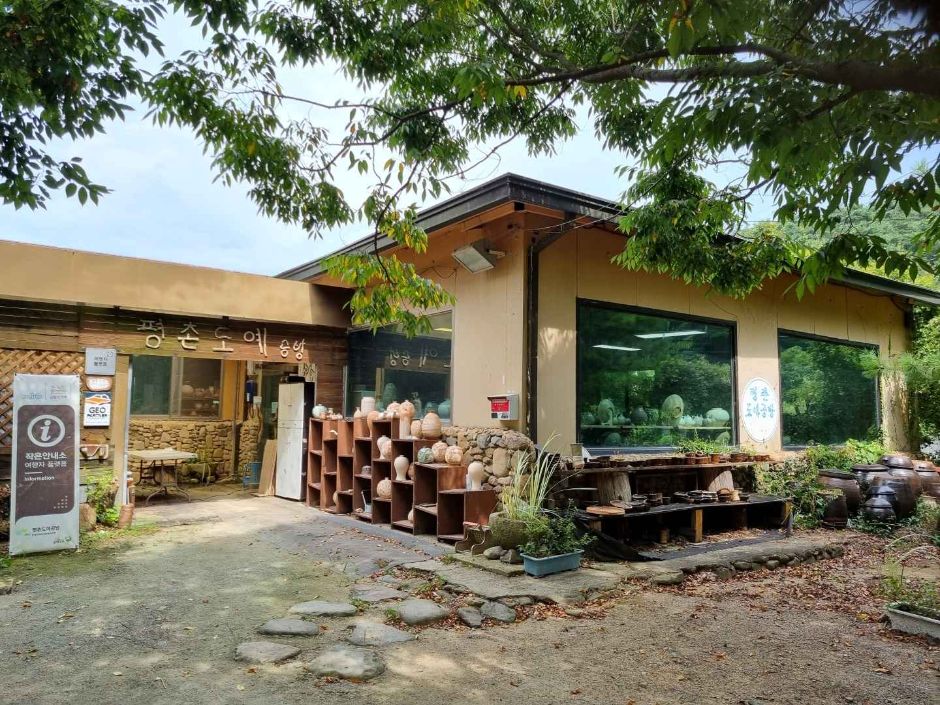
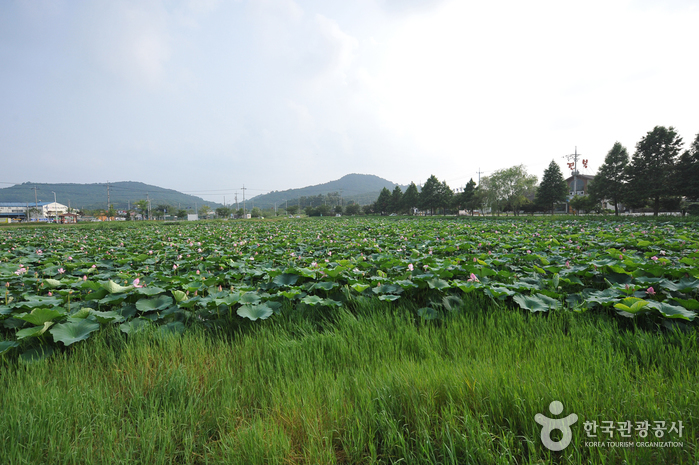
 English
English
 한국어
한국어 日本語
日本語 中文(简体)
中文(简体) Deutsch
Deutsch Français
Français Español
Español Русский
Русский